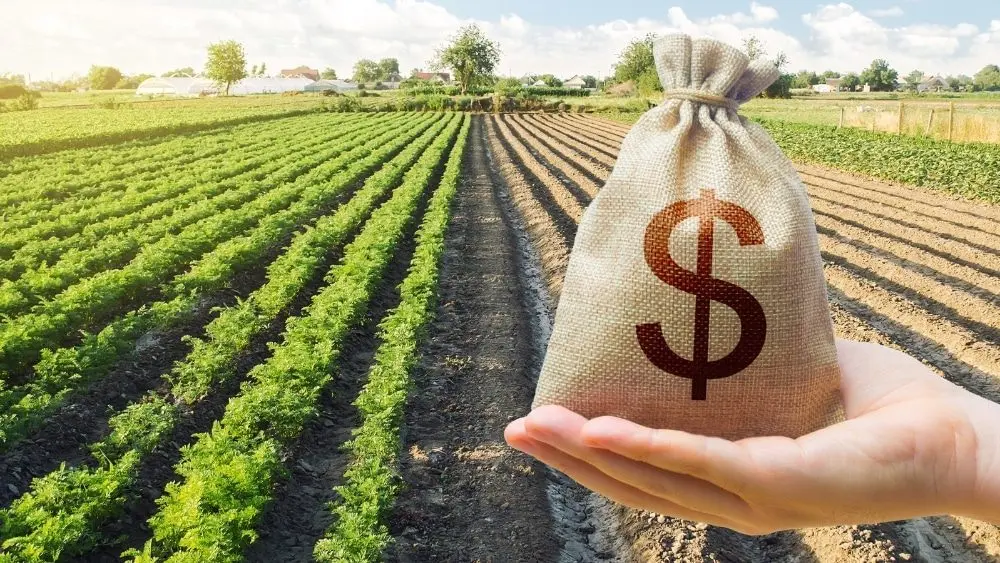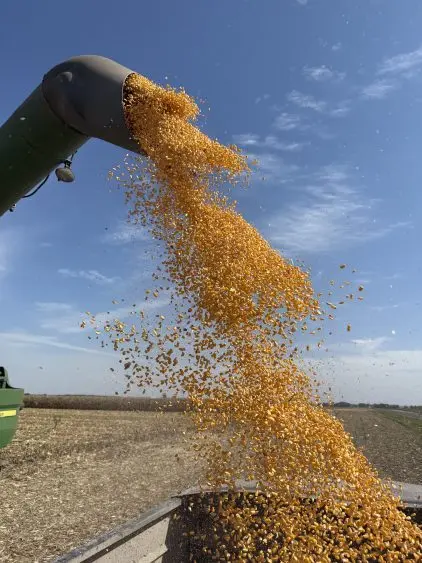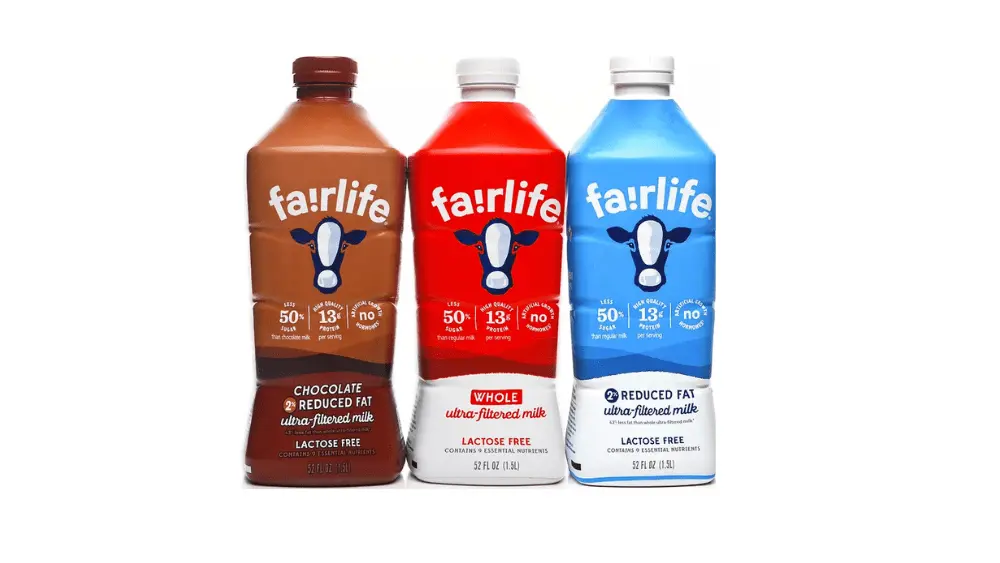Recent data from the Bureau of Labor Statistics shows that inflation is slowing, though farmers and ranchers are still facing many other economic challenges. Bernt Nelson, an economist with the American Farm Bureau Federation, says this economic squeeze has been going on for several years.
“So, if we look at USDA’s recent price indexes for crop producers, the index for our prices paid for supplies, repairs, inputs, things like that, has been higher than the index for prices received for our crops grown over the last five years, and the gap for these prices received and prices paid has grown particularly wider since 2023,” according to Nelson.
Nelson says farmers are also trying to balance lower commodity prices with rising interest rates. “These losses have increased credit use in the industry, all while interest rates have climbed,” he says. “This results in a rising amount of money being spent on interest that services debt, and it adds to the bleeding that’s already being felt for crop losses on our farmers’ balance sheets.”
He said the Federal Reserve’s Board of Governors will decide to either lower interest rates or leave them higher for a little longer during their September meetin.
“So, on the one hand, they have a decision to leave rates where they are,” according to Nelson. “This would keep inflation from increasing again, but it would also continue to dig deeper into our farmers’ pockets. On the other hand, if they would decrease interest rates, this would make credit less expensive, and this would kind of slow that interest-to-income ratio, but it could risk inflation flaring up again.”
Learn more on the Market Intel page at fb.org.





